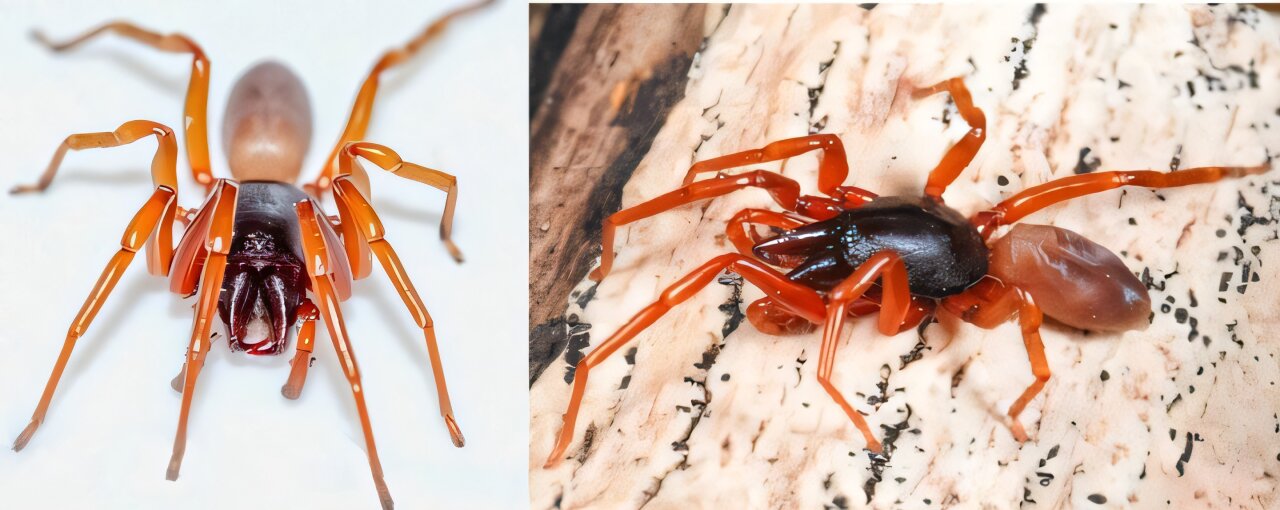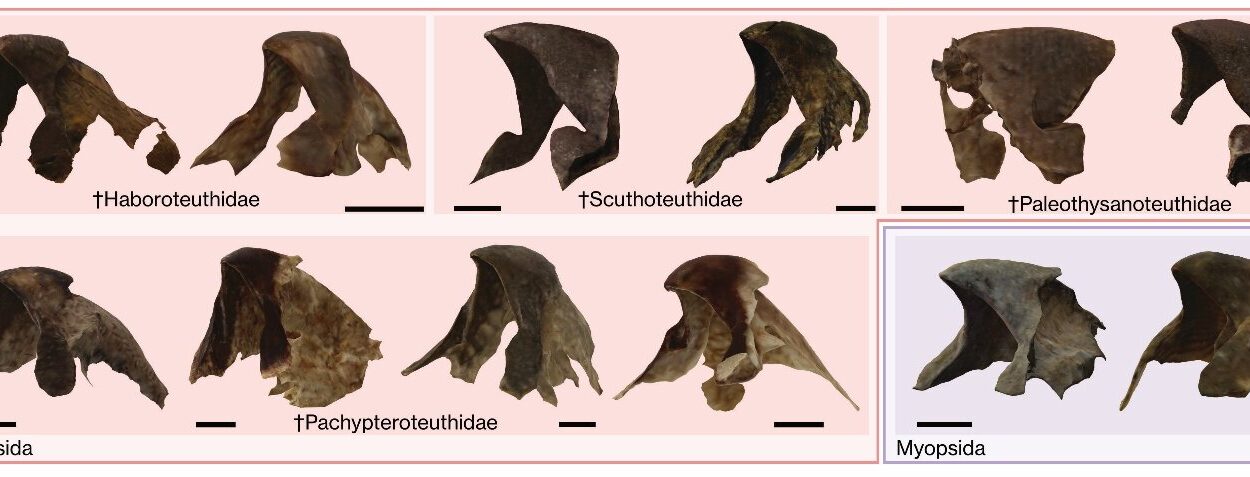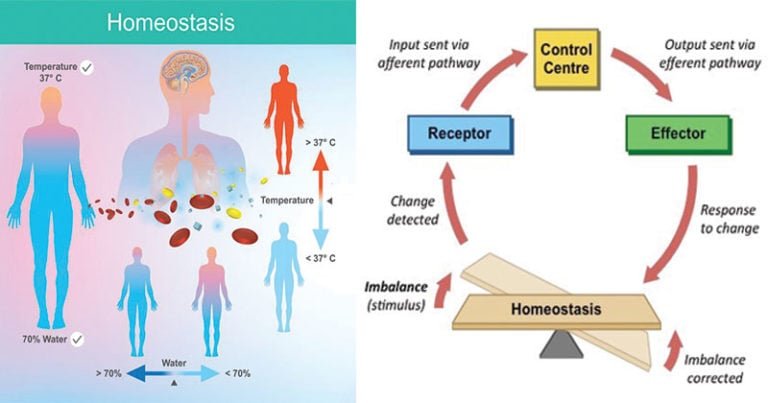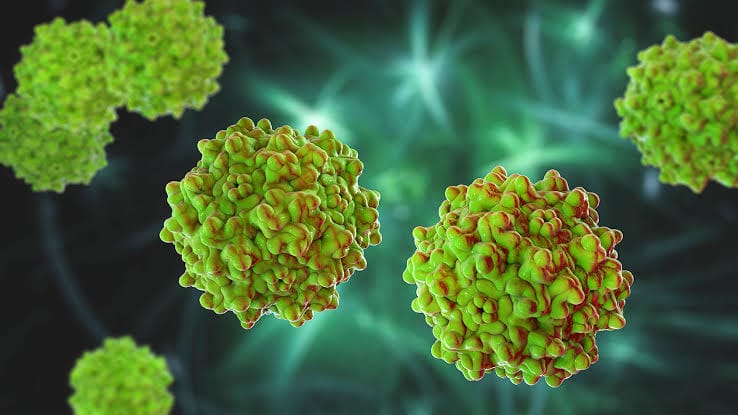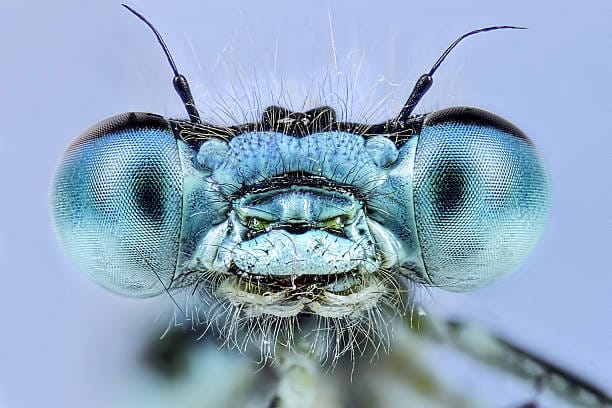On a small island in the Atlantic Ocean, a humble spider has rewritten one of biology’s most puzzling rules. Dysdera tilosensis, a species found only in the Canary Islands, has managed to do something that almost no animal species has ever been known to do—it cut its genetic blueprint nearly in half. Over the course of just a few million years, this island spider has reduced its genome size by 50%, creating one of the most striking examples of genomic downsizing ever recorded.
For decades, scientists have believed that when species colonize isolated islands, their genomes tend to become larger and more filled with repetitive DNA elements. But this small arachnid has turned that idea on its head. In a remarkable discovery published in Molecular Biology and Evolution, researchers from the University of Barcelona and collaborating institutions revealed that Dysdera tilosensis not only possesses a much smaller genome than its continental relatives, but also harbors greater genetic diversity.
This finding challenges a long-held evolutionary assumption and opens an entirely new window into how life reshapes itself in response to isolation, environment, and time.
The Unlikely Evolutionary Laboratory of the Canary Islands
The Canary Islands, born from volcanic activity millions of years ago, have long served as a natural experiment in evolution. Their remote location off the northwest coast of Africa makes them ideal for studying how species adapt when cut off from the mainland. Like Darwin’s Galápagos, these islands are living museums of biological creativity.
Among their most fascinating inhabitants are spiders of the genus Dysdera. These nocturnal hunters, recognizable by their reddish bodies and oversized fangs, have undergone an extraordinary radiation in the Canaries. Nearly 50 species—roughly 14% of all known Dysdera species worldwide—are found nowhere else on Earth. Each island, and often each microhabitat, hosts its own unique spider lineage.
Amid this explosion of diversity, Dysdera tilosensis stands out. Endemic to Gran Canaria, it is not only a product of island evolution but a genetic paradox—its DNA is remarkably streamlined.
A Tale of Two Spiders
To uncover the mystery, scientists compared the genome of Dysdera tilosensis with that of its close continental cousin, Dysdera catalonica, a species native to parts of Spain and southern France.
What they found astonished them. The genome of D. catalonica contains roughly 3.3 billion base pairs—the same order of magnitude as the human genome. In contrast, the island species D. tilosensis contains just 1.7 billion base pairs. In other words, somewhere along its evolutionary journey to the Canary Islands, the spider lost half its DNA.
But the surprises didn’t end there. Despite having a smaller genome, D. tilosensis exhibits more genetic diversity than its mainland counterpart. Its DNA is not only shorter—it is denser, more efficient, and more dynamic.
This contradicts nearly everything evolutionary biologists thought they knew about how genomes behave when species colonize islands.
The Paradox of the Shrinking Genome
In most island species—from birds and reptiles to insects—scientists have observed a pattern of genome expansion. When species become geographically isolated, populations often shrink, reducing genetic diversity and selective pressure. This “founder effect” can lead to an accumulation of repetitive, non-functional DNA sequences—so-called “genomic junk.”
Yet Dysdera tilosensis defies this pattern entirely. Its genome didn’t bloat—it contracted. It shed what scientists call “repetitive elements” and unnecessary DNA sequences, creating a more compact and efficient genome.
“This is one of the first documented cases of drastic genome downsizing using high-quality reference genomes,” explains Professor Julio Rozas of the University of Barcelona, who led the study alongside researcher Sara Guirao. “It shows that, contrary to expectations, the genome became smaller and more refined during the colonization of the Canary Islands.”
The findings imply that the evolutionary journey of this spider was guided not by the relaxation of natural selection, but by its strength.
How Does a Genome Shrink?
The DNA of any organism is in constant flux—expanding and contracting through evolutionary time. Much of a genome is made up of repetitive sequences, like transposons, which can copy and insert themselves throughout the DNA. These elements act almost like genetic parasites, sometimes helping evolution by adding new material, but often simply taking up space.
In Dysdera tilosensis, these repetitive sequences appear to have been purged. But how and why this happened remains an open question.
Genetic and cytological analyses suggest that the common ancestor of D. tilosensis and D. catalonica had a large genome—about 3 billion base pairs. This means that the reduction occurred after the species colonized the Canary Islands.
The study’s results indicate that D. tilosensis populations likely remained relatively large and stable for long periods. This stability maintained strong natural selection, which may have favored individuals with more efficient genomes. Over time, useless DNA was eliminated, leaving behind a streamlined, tightly packed genetic code.
In other words, evolution sharpened this spider’s genetic toolkit, trimming away excess information and keeping only what was vital for survival.
Why This Discovery Matters
The discovery of genome downsizing in Dysdera tilosensis doesn’t just change how scientists think about spiders—it forces a reconsideration of how evolution shapes genomes across all forms of life.
Genome size varies dramatically across species. Some salamanders, for example, have genomes ten times larger than ours, while certain bacteria can survive with just a few hundred thousand base pairs. Yet the reason for this enormous variation has long been unclear.
Is a large genome a sign of evolutionary success, or inefficiency? Does a small genome mean simplicity, or refinement? The new findings suggest that neither size nor complexity alone determines an organism’s evolutionary advantage. Instead, what matters is balance—the dynamic interplay between the accumulation of DNA sequences and their removal by natural selection.
“This study supports the idea that genome size depends on a balance between the accumulation and elimination of repetitive DNA, rather than being driven purely by adaptation,” explains doctoral researcher Vadim Pisarenco, the paper’s first author.
This insight could reshape how scientists interpret genome evolution across species—from plants and fungi to vertebrates and beyond.
The Bigger Picture: Life’s Hidden Blueprint
The genome is the ultimate archive of life’s history. Within its billions of base pairs lie the blueprints for every molecule, every cell, and every behavior that defines an organism. But like any archive, it evolves—growing and shrinking, editing and rewriting its contents over time.
The story of Dysdera tilosensis is a reminder that evolution is not a one-way process of addition and expansion. It can also be a process of refinement and reduction. Nature, it seems, is not only an artist but also an editor, constantly reshaping the script of life to fit new stages and new challenges.
For this tiny spider, isolation on a volcanic island became a test of genetic efficiency. In a landscape of limited resources and unique ecological pressures, it honed its genome into something lean, compact, and powerful—a living testament to evolution’s creativity.
The Future of Genomic Research
The implications of this study extend far beyond one species of island spider. As genome sequencing technologies continue to advance, scientists are uncovering new patterns of genomic evolution across the tree of life.
Future research may reveal whether other island-dwelling species show similar reductions in genome size—or whether Dysdera tilosensis is a true outlier. Understanding the mechanisms behind such changes could also shed light on broader questions, from how species adapt to changing climates to how genomes influence resilience and extinction.
Moreover, this research contributes to a growing recognition that “junk DNA” is not truly junk. The gain or loss of repetitive elements may profoundly affect how genes are regulated, expressed, and transmitted through generations. Genome downsizing, then, is not merely a matter of losing material—it is a reorganization of life’s fundamental information system.
More information: Vadim A Pisarenco et al, How Did Evolution Halve Genome Size During an Oceanic Island Colonization?, Molecular Biology and Evolution (2025). DOI: 10.1093/molbev/msaf206
